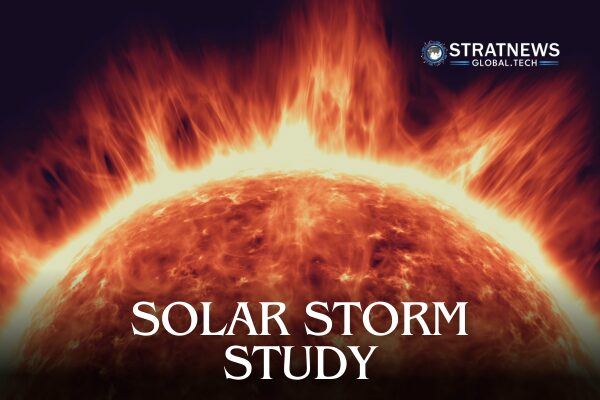Understanding the New Space Weather Project
The University of Surrey’s Space Centre has joined forces with the UK Met Office to improve monitoring of solar storms that can threaten aircraft, satellites, and power grids. Together, they have launched new space weather monitors designed to better understand how solar activity affects Earth’s upper atmosphere.
These Surrey-built radiation sensors were carried to altitudes above 100,000 feet (around 30 km) on weather balloons. The launches took place at Met Office sites in Camborne, southwest England, and Lerwick in Shetland, as well as in De Bilt in the Netherlands with the Royal Netherlands Meteorological Institute (KNMI). The initial flights on 17 October served as proof-of-concept tests, comparing balloon readings with new ground-based monitors installed earlier this year.
Gathering First-of-Its-Kind Data
Dr Ben Clewer from the University of Surrey explained that the system measures the radiation environment by tracking the number and type of particles that pass through it. These measurements are then converted into dose rates used for radiation protection.
The collaboration proved timely, following an X-class solar flare on 11 November that triggered one of the strongest atmospheric radiation increases in about two decades. During this event, Met Office teams quickly deployed sensors, collecting unprecedented data. “We believe we’ve gathered the first radiation measurements during a solar storm from ground level to 100,000 feet and back, something never done before,” Clewer said.
Enhancing Space Weather Models
Met Office Senior Space Weather Manager, Krista Hammond, noted that the data is still being analysed but early results look promising. “This information will be valuable for improving our models, helping us better understand radiation levels in the atmosphere,” she said.
Solar eruptions can send bursts of charged particles and magnetic fields towards Earth, disrupting satellites, communication systems, and aviation. Hammond added that as technology becomes more critical to daily life, awareness of space weather impacts has grown.
The balloon-based instruments will now supply live measurements to Met Office models that estimate radiation doses both in normal conditions and during rare “ground level enhancements”, when solar particles penetrate deep into Earth’s atmosphere.
Dr Clewer warned that these events could become more frequent during the Sun’s current peak activity period. “We’re trying to prepare the world for such events so that our critical infrastructure remains safe,” he said.
with inputs from Reuters


